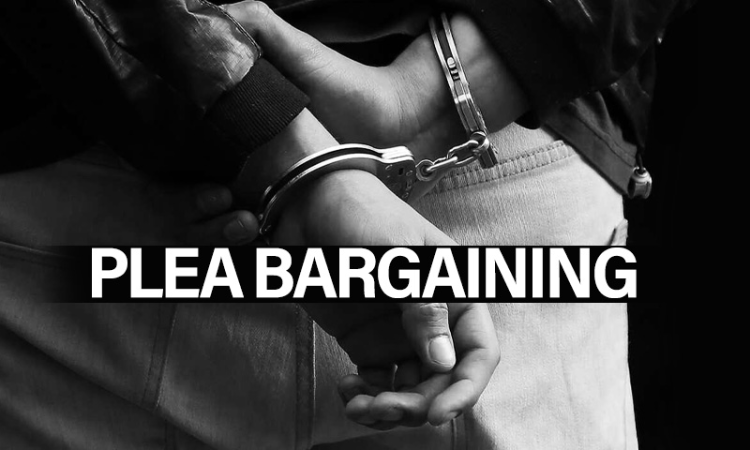- Home
- /
- Know the Law
- /
- Plea Bargaining: A Look At What Was...
Plea Bargaining: A Look At What Was And What Should Be
Rashmi Bagri
21 Jan 2022 11:45 AM IST
The concept of Plea Bargaining which originated in the United States, today exists in most countries having robust crime prevention systems. It has been touted as an important mechanism to bring equilibrium between committing an offence and the subsequent punishment that offence demands. In addition to this, Plea bargaining also reduces the burden on courts significantly and this is...
Next Story



